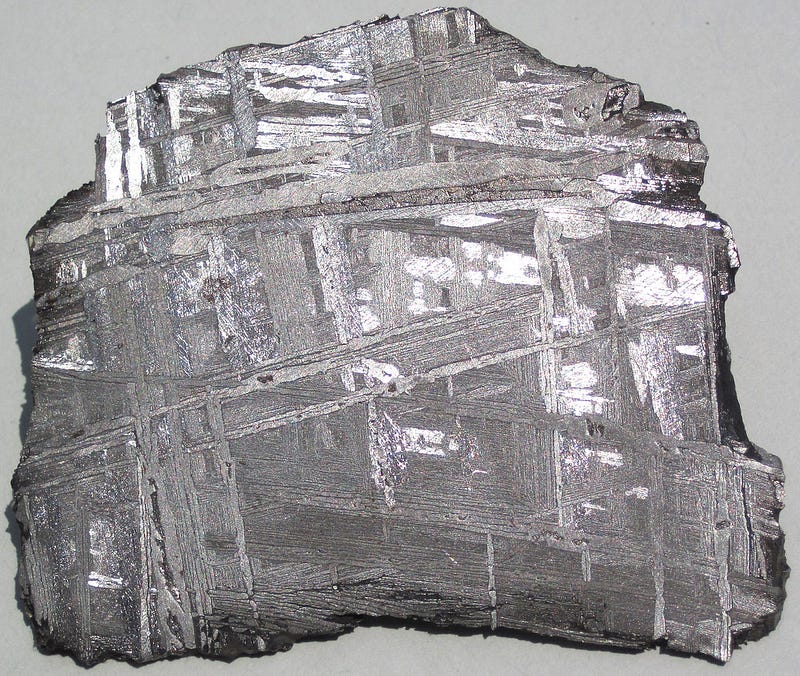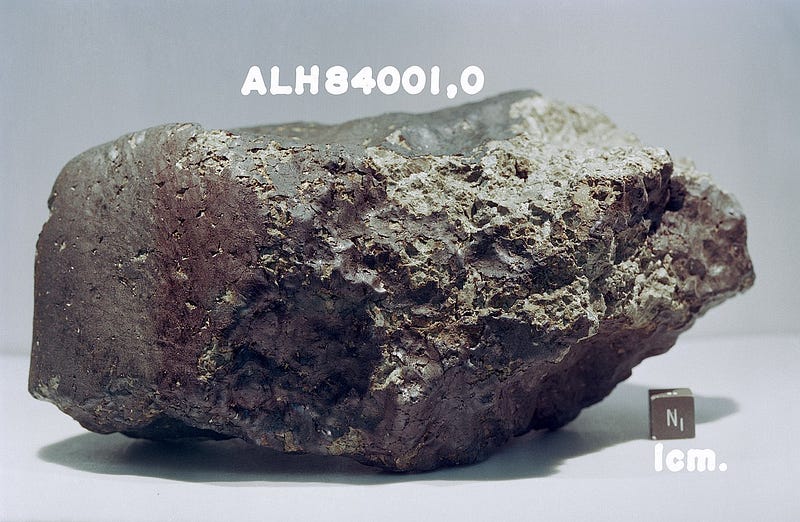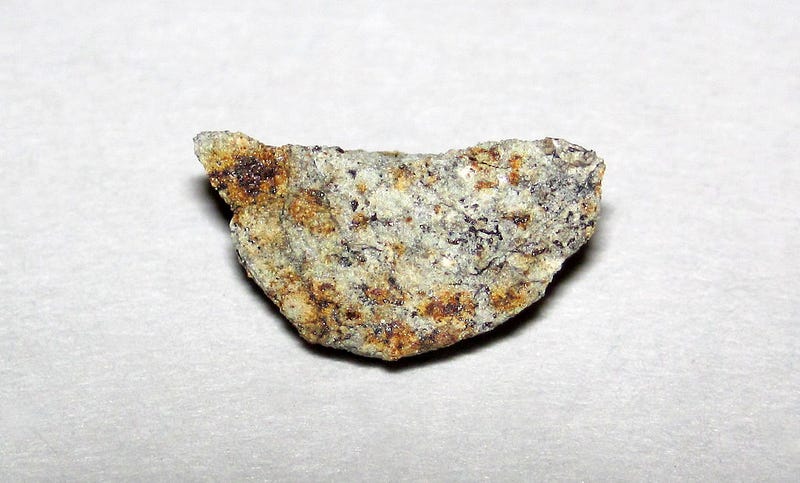Fossils from Space: Unveiling Earth's Cosmic History
Written on
Chapter 1: Introduction to Space Fossils
The fascination with the possibility of extraterrestrial life has captivated humanity for centuries. Scientists have dedicated years to investigating evidence that suggests life may exist beyond our planet. A remarkable piece of this puzzle is the discovery of fossils that may have originated in outer space.
The ancient Greek philosopher Anaxagoras proposed that meteorites and other celestial bodies could have played a role in distributing life throughout the universe. This notion has evolved into what we now refer to as the “Theory of Panspermia.” In this article, we'll delve into some of the notable fossil meteorites uncovered throughout history. If this topic piques your interest, read on!
Section 1.1: The Formation of Fossil Meteorites
Fossils are typically associated with living organisms that have turned to stone; however, fossil meteorites are formed through a process similar to that of biological fossils. When meteorites land in moist environments, such as ocean floors, they gradually accumulate layers of sediment.
Over time, these meteorites may undergo weathering and chemical interactions with water, leading to the alteration of their original minerals and the formation of new secondary ones. These new minerals help scientists determine whether a rock is a fossilized meteorite.
Additionally, fossil meteorites exhibit a unique structure known as the Widmanstätten pattern, which arises from the slow cooling of iron, setting them apart from other fossil types.

Section 1.2: A Significant Discovery in the Ocean
In 1982, a research team set out on an expedition using a ship equipped with a large drill to extract samples from the ocean floor, aiming to gain geological insights into Earth's history. Remarkably, they discovered a 66-million-year-old fossilized meteorite measuring just 2.5 millimeters in diameter, marking one of the first fossilized meteorites ever identified.
Chapter 2: Thorsberg Quarry: A Meteorite Haven
Thorsberg Quarry has earned the title of a treasure trove for fossil meteorites, with 115 such specimens discovered by 2017. Over 470 million years ago, this area was part of the ocean floor, where sediment accumulated at a rate ten times slower than usual. This slower accumulation allowed meteorites to fall into the water and become trapped within the rising limestone layers.
Furthermore, these fossil meteorites provide a glimpse into a massive collision in the asteroid belt between Mars and Jupiter, which sent debris raining down on Earth for over 200 million years, eventually forming the Thorsberg limestone quarry in Sweden.
The first video explores the intriguing concept of fossils from space and how they challenge our understanding of life's origins.
Section 2.1: The Controversial ALH84001
The ALH84001 meteorite, discovered in Antarctica in 1984, is believed to have originated from Mars. It has sparked scientific debate due to claims that it contains fossilized remains of Martian life. Weighing approximately 1.9 kilograms, the rock is thought to have formed from lava on Mars around 4.5 billion years ago.
In 1996, NASA scientists conducted extensive analyses of ALH84001 and posited that certain carbonates within it were formed by Martian microbes. This assertion ignited significant controversy, as subsequent studies suggested alternative interpretations that challenged the existence of microfossils.
Although there is compelling evidence indicating that Mars may have been habitable in the past, the claim that ALH84001 contains proof of extraterrestrial life remains contentious.

Section 2.2: Dr. Richard Hoover's Discoveries
In 2011, a team at NASA’s Marshall Space Flight Center, led by Dr. Richard Hoover, reported the discovery of fossilized bacteria in meteorites from space. These meteorites, which had landed in Antarctica, contained structures resembling bacteria, suggesting they had been preserved within the meteorites for an extensive period.
Dr. Hoover posits that these fossils could indicate that life exists elsewhere in the universe. He dedicated a decade to studying ancient meteorites found in remote regions, specifically carbonaceous chondrites discovered in Antarctica, Siberia, and Alaska. Currently, only nine such meteorites are known. In his publication in the Journal of Cosmology, he stated:
"I interpret it as indicating that life is more broadly distributed than restricted strictly to Earth. This field of study has just barely been touched because quite frankly, a great many scientists would say that this is impossible."

Chapter 3: Conclusion
In conclusion, the discovery of fossils within meteorites has opened new avenues in the search for life beyond Earth. While the debate continues, advancements in technology may one day yield the evidence necessary to confirm the existence of extraterrestrial life.
The second video delves into the possibility of ancient human fossils being launched into space, offering a unique perspective on life beyond our planet.